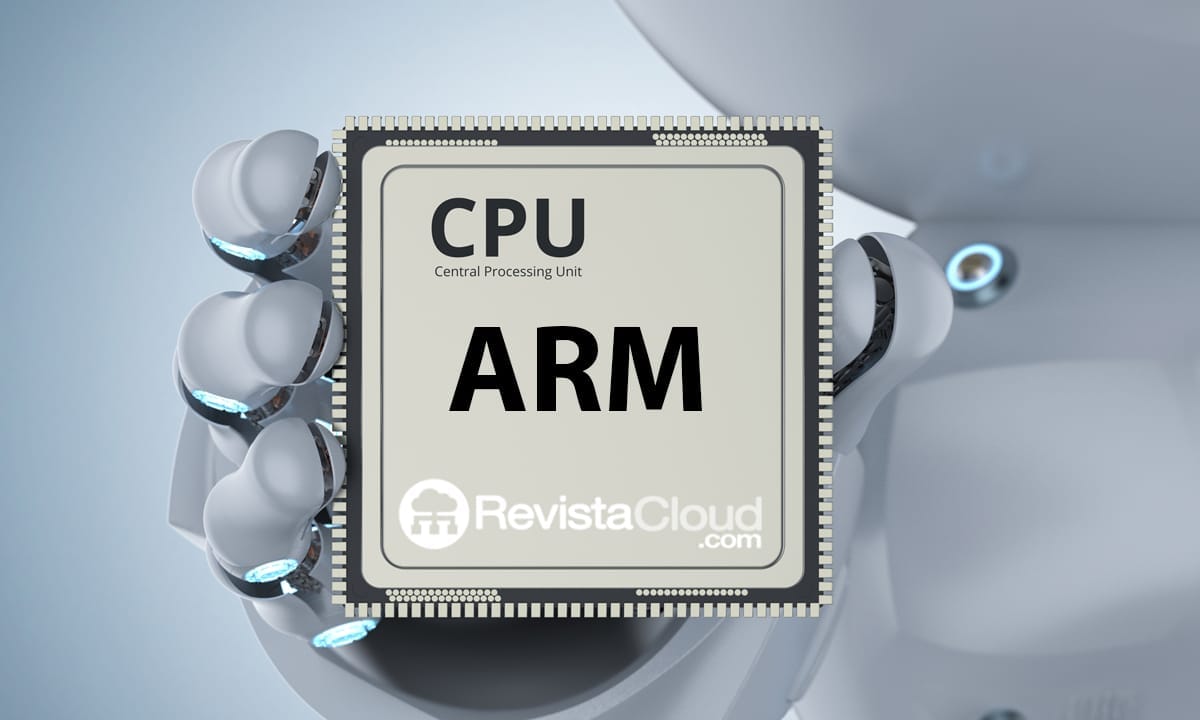Processors based on the ARM architecture have experienced unstoppable growth in recent years, establishing themselves as the preferred choice across a wide range of devices, from smartphones to supercomputers. Their energy efficiency, versatility, and performance have allowed this architecture to expand beyond the mobile sector, conquering markets such as PCs, smart home technology, wearables, and even the automotive industry.
Next, we explore the devices that use these processors, their impact on the tech industry, and the reasons behind their growing popularity.
Where are ARM processors used?
ARM chips are found in a wide variety of devices due to their low energy consumption and ability to integrate into compact systems. Unlike processors based on Intel and AMD’s x86 architecture, ARM employs a reduced instruction set computing (RISC) design that optimizes efficiency and allows for greater battery life in portable devices.
What type of devices need ARM processors?
1. Mobile phones and tablets
The mobile sector is the largest consumer of ARM processors. From the iPhone to Android devices from brands like Samsung, Xiaomi, or OnePlus, all rely on ARM architecture to ensure a smooth experience and efficient battery management. Companies like Qualcomm (Snapdragon), Apple (A and M series), MediaTek, and Samsung (Exynos) lead this market with processors specifically designed for smartphones and tablets.
ARM’s optimization for mobility has been key to the growth of these devices, enabling the development of chips with advanced artificial intelligence capabilities, image processing, and 5G connectivity without compromising energy efficiency.
2. Smart home devices
The smart home has also adopted ARM processors in products such as smart speakers (Amazon Echo, Google Nest), virtual assistants, security cameras, thermostats, and other connected devices.
The ARM architecture allows these devices to operate efficiently with low energy consumption and support for multiple wireless connections, which are essential for interconnectivity in the Internet of Things (IoT) ecosystem.
3. Portable consoles
The rise of mobile gaming and portable consoles has led to increased integration of ARM chips in this segment. Consoles such as the Nintendo Switch, the latest models of the Steam Deck, and Android-based gaming devices use ARM processors to deliver optimal performance without sacrificing battery life.
ARM processors in this sector stand out for their graphics processing capabilities, thermal efficiency, and compatibility with advanced technologies like ray tracing and high-definition resolutions.
4. Wearables
From smartwatches to fitness bands, ARM processors have enabled the development of wearables with long battery life and advanced connectivity capabilities.
Companies like Apple (Apple Watch), Samsung (Galaxy Watch), and Fitbit have incorporated ARM chips optimized for biometric sensors, GPS, activity monitoring, and LTE connectivity, allowing users to carry a functional device without constantly relying on their smartphones.
5. The automotive industry
The automotive sector has found ARM processors to be an ideal solution for infotainment systems, driver assistance, and autonomous vehicle sensors.
Manufacturers like Tesla, BMW, and Mercedes-Benz use ARM processors in their multimedia systems, 360º vision cameras, autonomous driving software, and voice assistants.
The development of automotive-specific chips has allowed for the integration of technologies like artificial intelligence for object recognition, advanced connectivity, and optimization of energy consumption in electric vehicles.
ARM processors conquer the PC world
One of the biggest recent milestones for ARM has been its entry into the personal computer market. Traditionally dominated by Intel and AMD’s x86 architecture, this sector has undergone a radical change with the arrival of Apple Silicon processors.
The launch of the Apple M1 in 2020 marked a turning point in the PC industry, offering superior performance compared to many x86 processors with lower energy consumption. Models like the M2 and M3 have solidified this trend, prompting companies like Qualcomm and MediaTek to develop ARM alternatives for Windows laptops.
Microsoft, for its part, has worked on optimizing Windows on ARM, allowing greater compatibility with x86 software through emulation. Manufacturers such as Lenovo, HP, and Samsung have begun to release laptops with ARM processors, offering benefits like longer battery life, less heating, and efficient performance in productivity tasks.
Why are ARM processors so popular?
The ARM architecture has gained popularity due to several key factors:
- Energy efficiency:
- Its design allows for lower battery consumption, ideal for mobile and portable devices.
- Less heating compared to x86 processors.
- Scalability and versatility:
- From smartphones to supercomputers, ARM chips can be tailored to multiple environments.
- Their customization capability allows manufacturers like Apple and Qualcomm to design optimized solutions for their devices.
- Lower manufacturing costs:
- The production of ARM processors is more affordable compared to x86 chips, making them ideal for low-cost, high-volume devices.
- Adoption in the PC and server market:
- Apple has demonstrated that ARM chips can deliver competitive performance in personal computers.
- Companies like Amazon are using ARM processors in servers to improve efficiency and reduce operating costs.
- Compatibility with artificial intelligence:
- ARM processors are designed to optimize AI and machine learning workloads, which are fundamental in virtual assistants, autonomous vehicles, and smart devices.
Conclusion
ARM processors have transitioned from being a solution exclusive to mobile devices to becoming one of the most influential technologies in the industry. Their adaptability, energy efficiency, and performance have allowed them to expand into multiple sectors, from smart homes to high-performance computing.
As more companies like Apple, Microsoft, and Qualcomm invest in ARM for their devices and operating systems, it is likely that this architecture will continue to grow, challenging the dominance of x86 processors and transforming the way we interact with technology in our daily lives.

